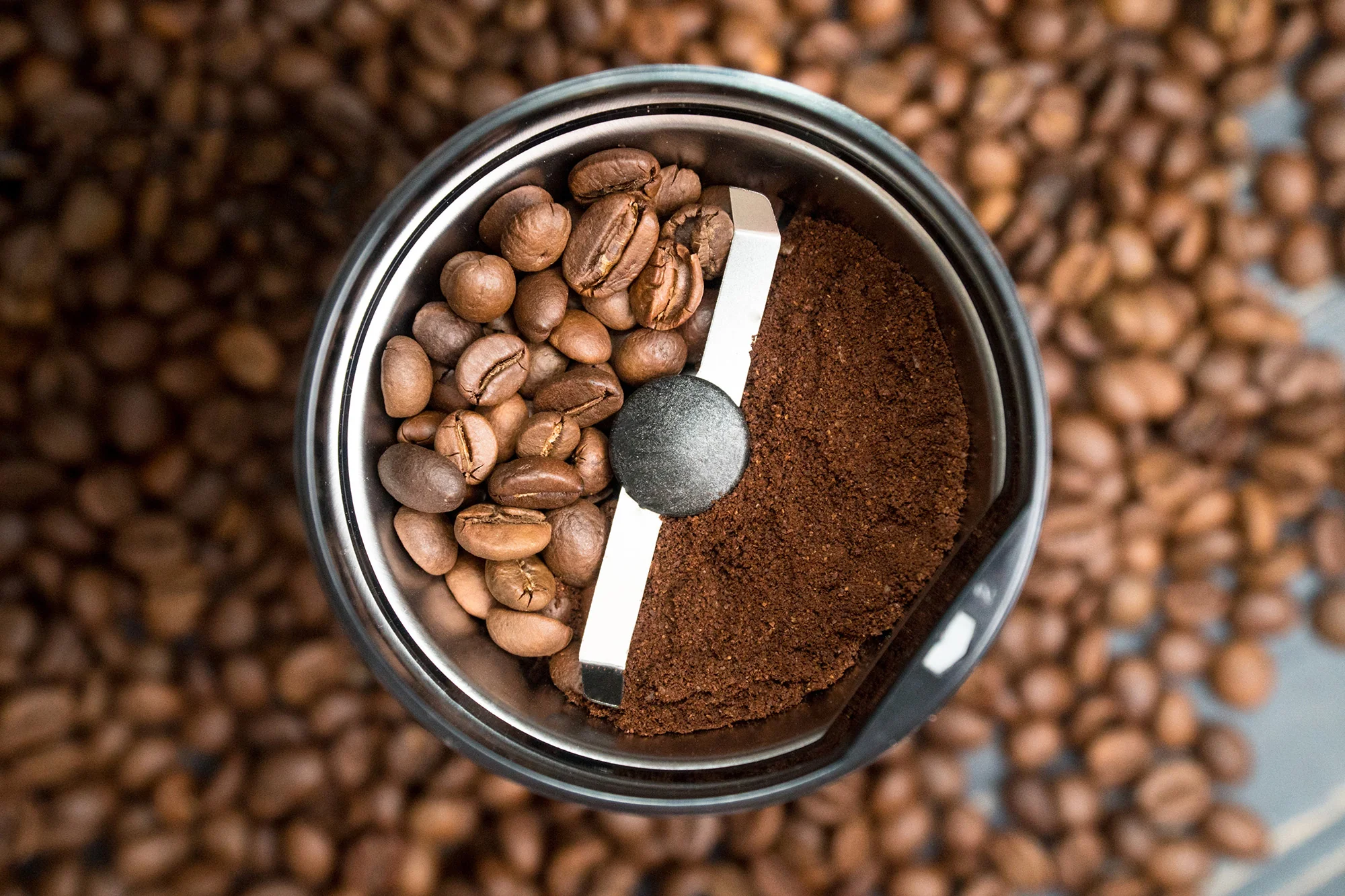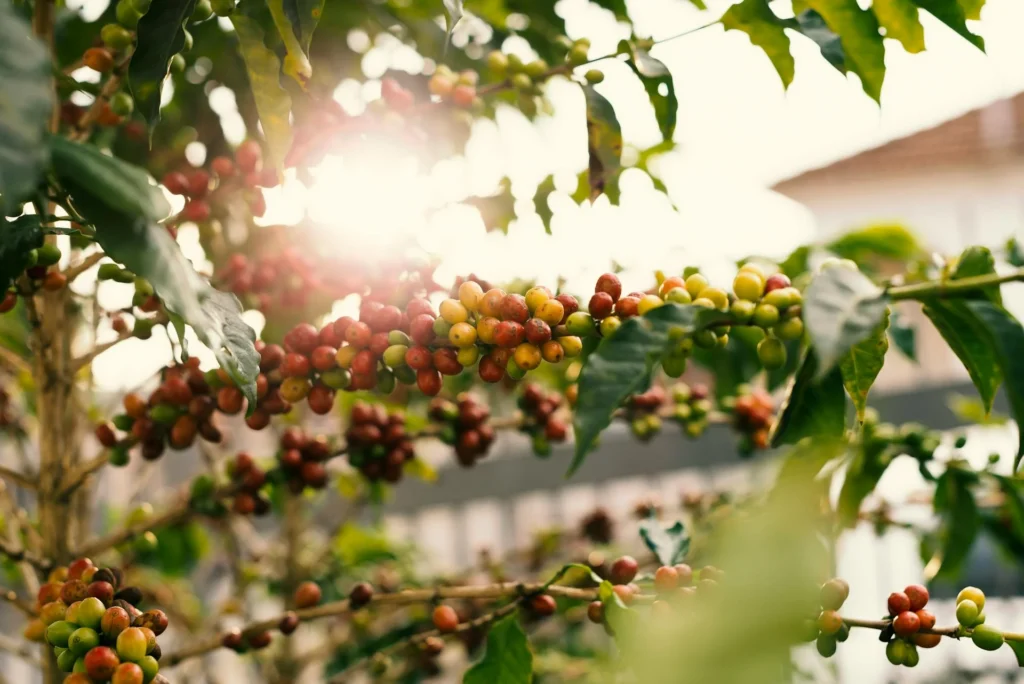Dreaming of making the perfect espresso at home? You’re in the right place. Espresso isn’t just a drink; it’s a rich, aromatic experience that can kickstart your day like nothing else. Mastering the art on How to Make Espresso Coffee at Home involves more than just brewing coffee; it’s about precision, technique, and the right equipment.
Technique:
Making espresso involves forcing hot water through finely-ground coffee at high pressure. This method extracts flavors quickly, resulting in a concentrated shot.
Equipment:
To make espresso at home, you need a good espresso machine (semi-automatic or automatic) and a quality grinder. Freshly ground coffee is essential for the best flavor.

From selecting the finest coffee beans to understanding the importance of a good espresso machine and grinder, every step matters. Whether you’re a newbie or a seasoned barista, this guide on will help you craft that perfect shot of espresso right in your kitchen.
Let’s dive into the essentials and techniques to turn your home into a mini café and enjoy the ultimate espresso experience whenever you crave it.
Understanding Espresso
Espresso is a concentrated coffee beverage brewed by forcing hot water through finely-ground coffee under high pressure. Unlike other brewing methods, espresso is characterized by its rich flavor, full-bodied texture, and a layer of crema—a golden foam that forms on top of the shot. This intense flavor profile and creamy consistency set espresso apart from drip coffee, French press, and other brewing techniques.

The key distinctive features of espresso include:
- Concentration: Espresso is much stronger than regular coffee, with a robust and complex flavor.
- Brewing Time: It’s brewed in about 25-30 seconds, making it quicker than many other methods.
- Pressure: The high-pressure extraction process (usually around 9 bars) extracts flavors and oils efficiently, creating a unique taste.
- Crema: The crema on top of a well-pulled espresso shot is a hallmark of its quality, offering a smooth texture and added depth of flavor.
Espresso serves as the base for many popular coffee drinks, including lattes, cappuccinos, and macchiatos, making it a versatile and essential component of coffee culture.
Equipment Needed
To make espresso at home, you need a few essential pieces of equipment.
- Quality Espresso Machine: Semi-automatic or automatic
- Burr Grinder: Ensures coffee is ground finely and consistently
- Tamper: Necessary for packing coffee grounds evenly in the portafilter
- Reliable Digital Scale: Helps measure coffee accurately for consistent results

Choosing the Right Espresso Machine
Selecting the best espresso machine depends on your budget and kitchen space. For beginners, a semi-automatic machine offers a good balance of control and convenience. If you have limited space, consider a compact model. Higher-end models provide more features but come at a higher cost. Research and read reviews to find the best fit for your needs.

Must-Have Accessories
Beyond the machine and grinder, other tools are essential for making great espresso. A tamper is needed to pack the coffee grounds evenly. A digital scale ensures precise measurements for consistency. Milk frothers are vital for creating lattes and cappuccinos. These accessories enhance your espresso-making experience and help you achieve barista-quality results at home.

The Coffee Beans
Choosing the right coffee beans is crucial for making excellent espresso. Opt for high-quality, freshly roasted beans to ensure rich flavor and aroma. Espresso typically requires a darker roast to achieve the bold, full-bodied taste it’s known for. Look for beans labeled specifically for espresso or consult with local roasters to find the best options. Freshness is key, so use beans within a few weeks of roasting for the best results.
Grinding Your Beans
Grinding your coffee beans correctly is essential for a perfect espresso shot. Use a burr grinder to achieve a fine, consistent grind. The grind size should resemble table salt—fine but not too powdery. Too coarse, and your espresso will be weak; too fine, and it can result in over-extraction and bitterness. Adjust the grind size based on your espresso machine and taste preferences to find the ideal balance.

The Brewing Process
Brewing espresso at home involves several key steps:

- Preheat: Turn on your espresso machine and let it preheat for about 15-20 minutes.
- Grind: Grind your coffee beans to a fine consistency.
- Dose: Measure out 18-20 grams of coffee for a double shot.
- Tamp: Evenly distribute and compress the coffee grounds in the portafilter.
- Brew: Lock the portafilter into the machine and start the extraction. Aim for a 25-30 second extraction time.
- Enjoy: Pour your shot into a preheated cup and enjoy your homemade espresso.
Mastering the Tamp
Tamping is crucial for optimal extraction. Follow these techniques:

- Even Distribution: Shake the portafilter gently to distribute grounds evenly.
- Consistent Pressure: Apply firm and consistent pressure with your tamper.
- Level Surface: Ensure the coffee bed is level to promote even water flow during extraction.
Proper tamping ensures uniform extraction and maximizes flavor.
Adjusting Water Temperature and Pressure
Managing water temperature and pressure is vital for great espresso:

- Temperature: Aim for 195-205°F (90-96°C) for brewing. Most machines allow you to adjust this setting.
- Pressure: Maintain around 9 bars of pressure during extraction. Some machines have adjustable pressure settings; otherwise, ensure your machine is well-maintained to deliver consistent pressure.
Proper temperature and pressure control result in balanced and flavorful espresso shots.
Serving and Enjoyment
Once you’ve brewed your perfect espresso, serving and enjoying it properly can enhance the experience. Serve your espresso in a preheated cup to maintain its temperature. For an added touch, pair your espresso with a small glass of sparkling water to cleanse your palate between sips. Experiment with different beans and extraction times to discover your preferred flavor profile. Enjoy your espresso immediately to savor its full aroma and taste.

Recipes for Espresso-Based Drinks
Cappuccino
- Ingredients: 1 shot of espresso, 150 ml of steamed milk, 60 ml of milk foam.
- Instructions: Brew a shot of espresso and pour it into a cup. Add steamed milk and top with a layer of milk foam.
Latte
- Ingredients: 1 shot of espresso, 250 ml of steamed milk, a small amount of milk foam.
- Instructions: Brew a shot of espresso. Pour steamed milk into the espresso, holding back the foam with a spoon, then top with a small amount of foam.
Americano
- Ingredients: 1 shot of espresso, 150 ml of hot water.
- Instructions: Brew a shot of espresso and pour it into a cup. Add hot water to the espresso, adjusting the amount to your taste preference.

These simple recipes allow you to enjoy a variety of espresso-based drinks at home, adding versatility to your coffee experience.
Troubleshooting Common Issues
Even with the right equipment and technique, making espresso at home can sometimes present challenges. Here are some common issues and solutions:
- Weak Espresso: If your espresso tastes weak, try adjusting the grind size to be finer and ensure you’re using the correct coffee dose.
- Bitter Espresso: Over-extraction can cause bitterness. Check the grind size (it might be too fine) and shorten the extraction time.
- Sour Espresso: Under-extraction leads to sourness. Make the grind finer, increase the dose, or extend the extraction time.
- Channeling: Uneven tamping can cause water to flow through channels in the coffee puck, leading to inconsistent extraction. Ensure even distribution and consistent pressure when tamping.
Maintaining Your Espresso Equipment
Proper maintenance of your espresso equipment is essential for longevity and performance:
- Daily Cleaning: Rinse the portafilter and group head after each use. Wipe down the steam wand and run water through it to prevent milk residue buildup.
- Weekly Cleaning: Use a brush to clean the group head and backflush the machine with water or a cleaning solution.
- Monthly Cleaning: Deep clean the machine with a specialized espresso machine cleaner. Descale the machine if you use hard water.
- Grinder Maintenance: Regularly clean your grinder to prevent coffee oil buildup and ensure consistent grinding.
By following these maintenance tips, you’ll keep your espresso machine and accessories in top condition, ensuring great-tasting espresso every time.
Disclosure: Our blog contains affiliate links to products. We may receive a commission for purchases made through these links. However, this does not impact our reviews and comparisons. We try our best to keep things fair and balanced, in order to help you make the best choice for you.





3 Responses